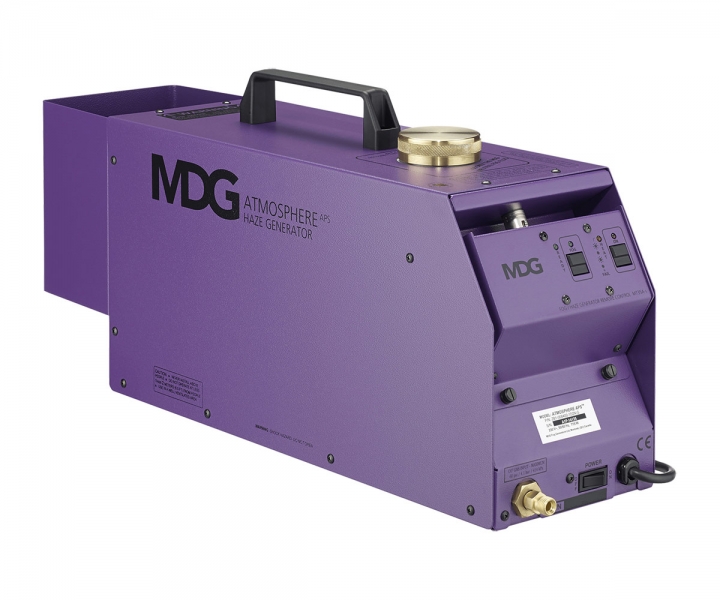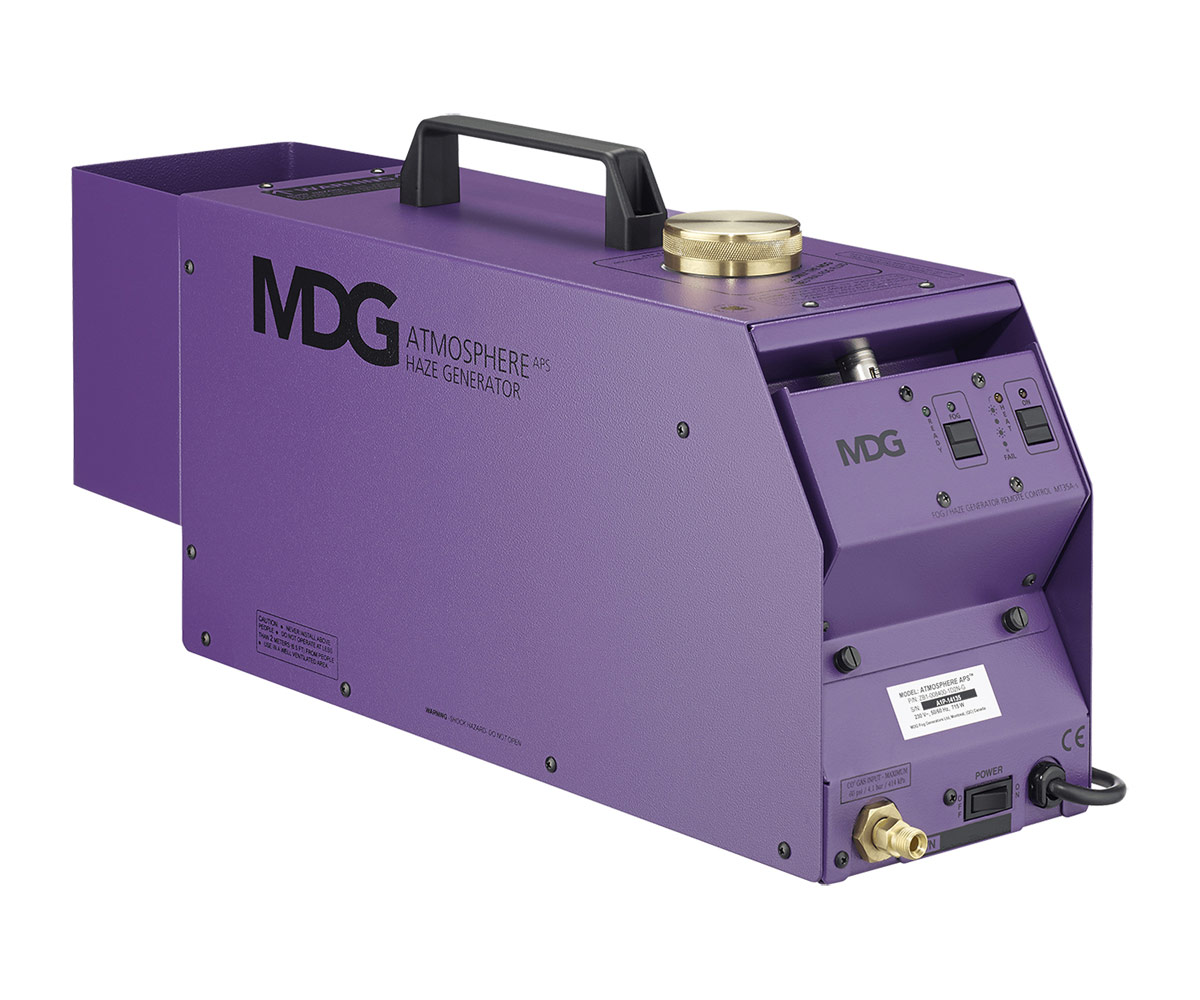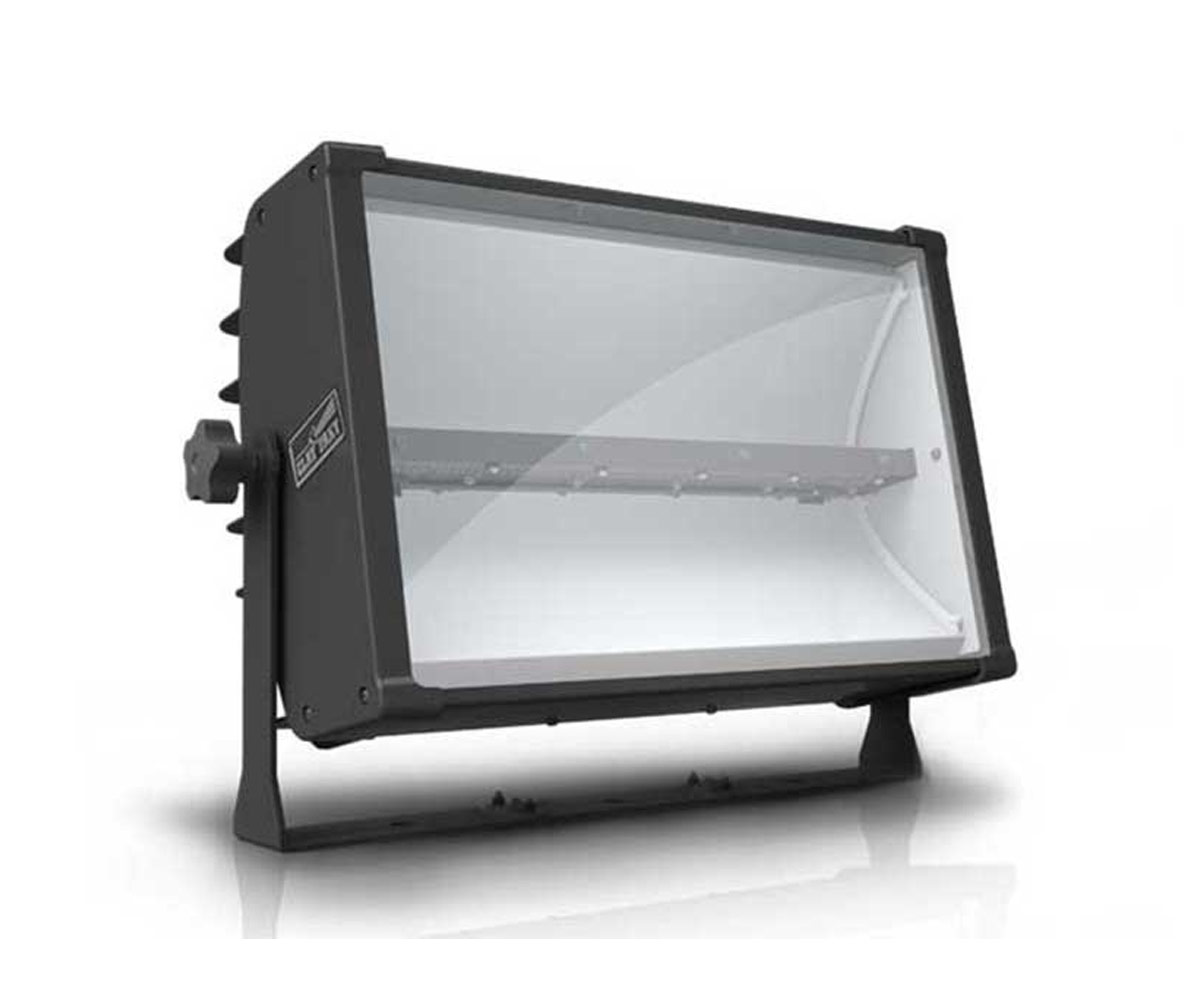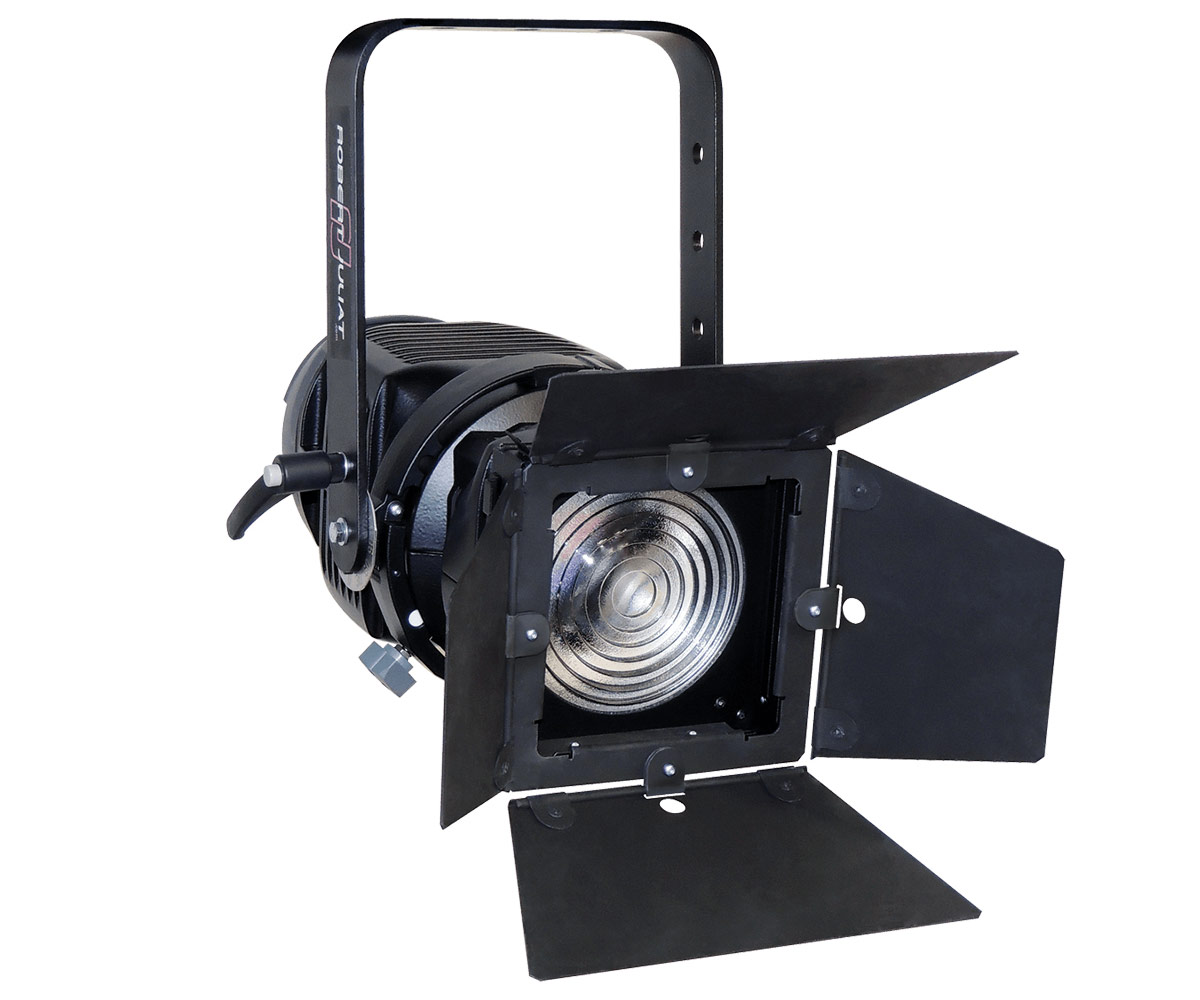types of lighting in theatre
20 April 2023

 |
|
The world of theatre is a mesmerizing place, where storytelling and art come together to create a magical experience. It's a place where the audience is transported to different worlds, and emotions are evoked through the performances of actors. But what makes these performances truly enchanting? It's the perfect blend of acting, directing, and above all, lighting. Lighting is a crucial element of theatre design that sets the mood, creates atmosphere, and adds depth to the performance. It's the invisible hand that moves the audience and takes them on a journey of emotions. The world of theatre lighting is vast and complex, with a variety of lighting techniques and equipment used to create the desired effect. In this article, we'll delve into the different types of lighting used in theatre and how they contribute to the overall experience of a performance. So, sit back and get ready to be illuminated! The Importance of Lighting in TheatreLighting plays a crucial role in theatre, as it sets the tone and mood of the performance. It can make the audience feel emotions such as tension, joy, or sadness. The use of lighting in theatre can be traced back to the ancient Greeks, who used natural light to illuminate their plays. Over time, theatre lighting has evolved, and today, it's an essential part of the theatre production process. Theatre lighting has a significant impact on how the audience perceives a performance. It can make the stage look bigger or smaller, create illusions, or direct the audience's attention to a particular area of the stage. Lighting can also be used to highlight the actors' movements, or to create a specific mood or atmosphere. For example, a blue light can create a sense of calmness, while a red light can create a sense of danger or urgency. The use of lighting in theatre is not just limited to the stage. It also extends to the set design, costumes, and props. The lighting designer works closely with the director, set designer, and costume designer to create a cohesive look that enhances the performance. Overall, the importance of lighting in theatre cannot be overstated. It's a powerful tool that can transform a performance from good to great. Types of Lighting Fixtures Used in TheatreThere are various types of lighting fixtures used in theatre, each with its unique purpose. The most common types of lighting fixtures used in theatre include:SpotlightsSpotlights are used to highlight specific areas of the stage, such as actors or props. They are also used to create a sense of depth on the stage. Spotlights are typically mounted on a stand or hung from a lighting grid above the stage.FloodlightsFloodlights are used to light up large areas of the stage, such as the background or set pieces. They are typically mounted on a stand or hung from a lighting grid above the stage. |
 |
PAR CansPAR Cans are versatile lighting fixtures that can be used for a variety of purposes. They can be used to light up specific areas of the stage or to create a wash of color over the entire stage.FresnelFresnel lights are used to create a soft, diffused light on stage. They are typically used for general lighting purposes, such as lighting up the background or set pieces.Ellipsoidal Reflector Spotlight (ERS)ERS lights are used to create sharp, focused beams of light on stage. They are typically used to highlight specific areas of the stage, such as actors or props.Moving LightsMoving lights are versatile lighting fixtures that can be programmed to move and change color. They are typically used to create dynamic lighting effects on stage.Stage Lighting Design and TechniquesThe lighting designer works closely with the director, set designer, and costume designer to create a cohesive look that enhances the performance. The lighting designer is responsible for creating a lighting plot, which is a detailed plan of the lighting design for the performance. The lighting plot includes information on the types of lighting fixtures to be used, their placement, and the colors to be used.The lighting designer also uses various lighting techniques to create the desired effect. Some of the most common lighting techniques used in theatre include: Cross LightingCross lighting is used to light up the actors' faces from two opposite sides. This lighting technique creates a sense of depth and texture on the actors' faces.BacklightingBacklighting is used to light up the actors from behind. This lighting technique creates a sense of depth and can be used to create a silhouette effect.Top LightingTop lighting is used to light up the actors from above. This lighting technique can be used to create a sense of drama and highlight specific areas of the stage.Side LightingSide lighting is used to light up the actors from the side. This lighting technique can be used to create a sense of depth and texture on the actors' faces. |
 |
Color Theory in Theatre LightingColor plays a significant role in theatre lighting, as it can evoke emotions and create a specific mood or atmosphere. The lighting designer uses color gels to create different colors on stage. Color gels are thin sheets of plastic that are placed in front of the lighting fixtures.Color theory is an essential aspect of theatre lighting design. The lighting designer must understand how different colors interact with each other and how they can be used to create a specific mood or atmosphere. For example, blue can create a sense of calmness, while red can create a sense of danger or urgency. Lighting Cues and ProgrammingThe lighting designer uses a lighting console to program the lighting cues for the performance. A lighting cue is a pre-programmed sequence of lighting changes that occur at a specific time during the performance. The lighting designer works closely with the director to ensure that the lighting cues are synchronized with the performance.Programming the lighting cues can be a time-consuming process. The lighting designer must program the lighting cues for each scene in the performance, taking into account the actors' movements and the set changes. Safety Considerations for Theatre LightingSafety is a critical aspect of theatre lighting design. The lighting designer must ensure that the lighting fixtures are installed and operated safely. The lighting fixtures must be secured properly to prevent them from falling, and the electrical connections must be checked to ensure that they are safe.The lighting designer must also ensure that the lighting fixtures do not overheat, as this can be a fire hazard. The lighting designer must monitor the heat output of the lighting fixtures and ensure that they are not placed too close to flammable materials. The Role of Lighting in Creating Mood and AtmosphereThe lighting designer plays a crucial role in creating the mood and atmosphere of the performance. The lighting designer uses various lighting techniques and color theory to create the desired effect. The lighting design can create a sense of drama, tension, or calmness.The lighting designer also works closely with the sound designer to create a cohesive look and sound for the performance. The sound and lighting must work together to create a seamless experience for the audience. Examples of Iconic Theatre Lighting DesignsThere have been many iconic theatre lighting designs over the years. Some of the most famous designs include:Phantom of the OperaThe lighting design for Phantom of the Opera is known for its use of smoke and mirrors. The lighting creates a sense of mystery and drama, which adds to the overall experience of the performance.Les MiserablesThe lighting design for Les Miserables is known for its use of color. The lighting creates a sense of realism and adds depth to the performance.WickedThe lighting design for Wicked is known for its use of green light. The lighting creates a sense of magic and adds to the overall experience of the performance.In conclusion, lighting is a crucial element of theatre design that sets the mood, creates atmosphere, and adds depth to the performance. The world of theatre lighting is vast and complex, with a variety of lighting techniques and equipment used to create the desired effect. From spotlights to floodlights, color gels to gobos, there's a lot to explore. The lighting designer plays a crucial role in creating the mood and atmosphere of the performance, and their work can transform a performance from good to great. So, the next time you attend a theatre performance, take a moment to appreciate the lighting design and the work that goes into creating the perfect atmosphere. |
